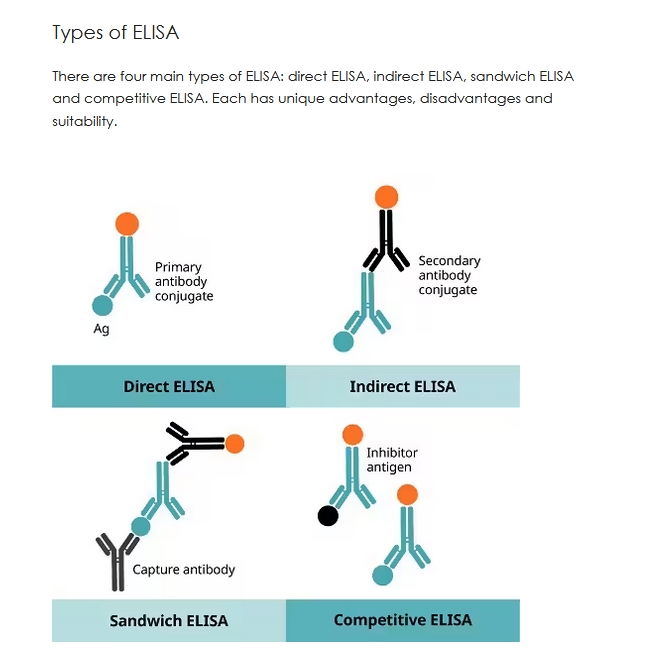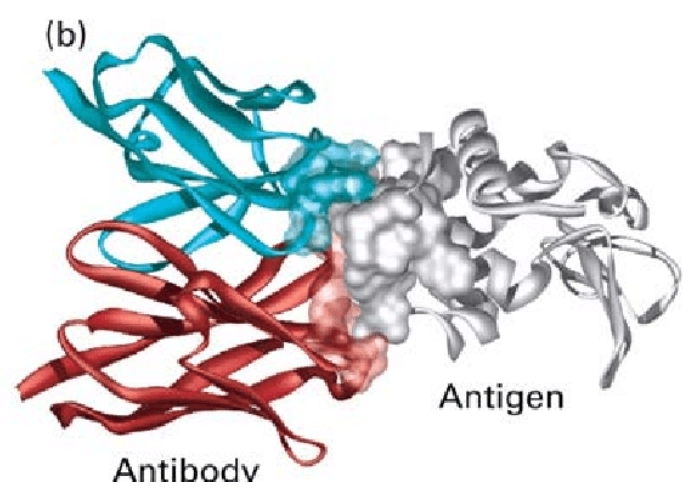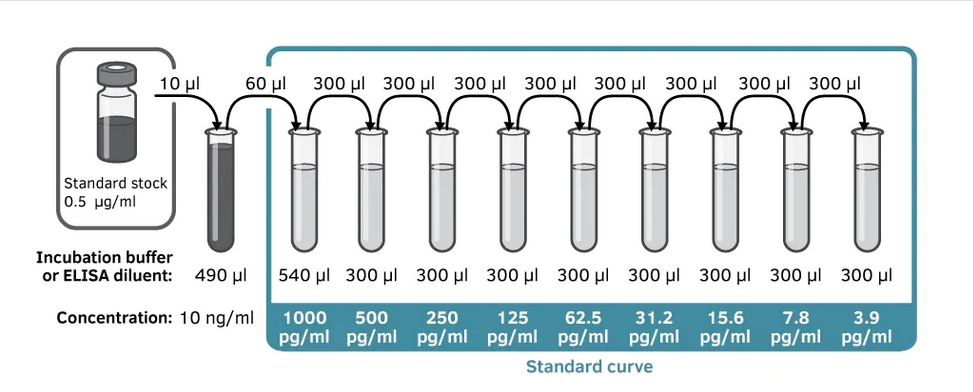Blog Post
Choosing the Best ELISA Type – Sandwich, Competitive, and Beyond


Welcome to our comprehensive guide designed specifically for those keen to make an informed decision on the best Enzyme-Linked Immunosorbent Assay (ELISA) type for their research needs. With a plethora of options available, it’s crucial to have a resource that offers detailed comparisons, making it easier to understand the distinct advantages and practical applications of each type. Whether you’re new to the realm of ELISA or looking to refine your knowledge, this guide aims to provide you with accurate results, ensuring your experiments and analyses are backed by the most suitable methodology. The ELISA is a powerful technique for detecting and quantifying proteins, antigens, antibodies, and even small molecules. However, choosing the best ELISA type is crucial for obtaining accurate results. Let’s explore the main types of ELISA – Sandwich, Competitive, and others – and the factors that can guide your selection:
Types of ELISA

1. Sandwich ELISA:
- Principle: Uses two antibodies for detection. The capture antibody binds the antigen from the sample, while the detection antibody identifies the bound antigen.
- Pros:
- High specificity since it uses two antibodies.
- Often more sensitive than other types.
- Cons:
- Requires two highly specific antibodies.
- Not suitable for detecting small molecules.
- Best for: Detecting specific proteins or antigens in complex samples when two reliable antibodies are available.
2. Competitive (or Inhibition) ELISA:
- Principle: Known competitor antigen and unknown sample antigen compete for binding to a limited amount of labeled antibody. The more antigen in the sample, the less labeled antibody will bind.
- Pros:
- Useful when only one specific antibody is available.
- Ideal for small molecules or haptens.
- Can sometimes detect subtle changes in antigen structure.
- Cons:
- Can be less sensitive than Sandwich ELISA.
- Best for: Quantifying small molecules, haptens, or when a specific antibody against the target is limited.
3. Direct ELISA:
- Principle: The antigen from the sample is coated directly onto the plate, and a labeled antibody detects it.
- Pros:
- Simplified procedure without the need for a secondary antibody.
- Cons:
- Might lack sensitivity due to no signal amplification.
- Higher background noise.
- Best for: Rapid screening when sensitivity isn’t a prime concern.
4. Indirect ELISA:
- Principle: Similar to Direct ELISA, but uses an unlabeled primary antibody and a labeled secondary antibody.
- Pros:
- Offers flexibility since one labeled secondary antibody can work with many primary antibodies.
- Increased sensitivity due to signal amplification.
- Cons:
- Higher chance of cross-reactivity.
- An additional step compared to Direct ELISA.
- Best for: Situations requiring flexibility and increased sensitivity.
Factors to Consider when Choosing an ELISA Type:
- Nature of the Target: Small molecules (like haptens) often require Competitive ELISAs, while proteins may be suitable for Sandwich or Indirect ELISAs.
- Available Antibodies: If you have two highly specific antibodies, Sandwich ELISA might be preferable. One good antibody might point you towards Competitive or Direct ELISA.
- Sensitivity: Sandwich and Indirect ELISAs often provide more sensitivity due to signal amplification.
- Sample Matrix: Complex samples might benefit from the specificity of Sandwich ELISAs.
- Speed and Complexity: Direct ELISAs can be faster but may sacrifice sensitivity.
- Cost: Direct and Competitive ELISAs can be cheaper since they might require fewer reagents.

Serial Dilution Example

Conclusion:
Your choice of ELISA type largely depends on the nature of your target molecule, available antibodies, and the balance between sensitivity and assay simplicity. By understanding the pros and cons of each method, you can make an informed decision that best fits your research needs.



